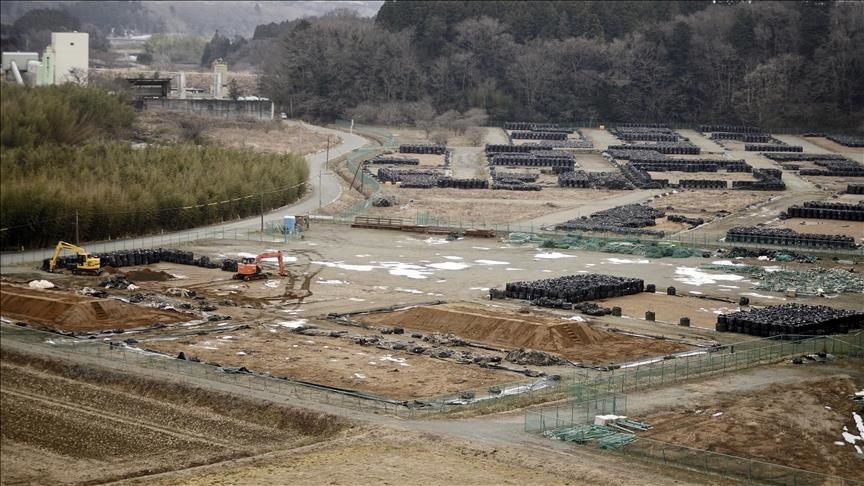ISTANBUL
At a meeting, Japan’s Nuclear Regulation Authority authorized the plan to release treated water from the Fukushima Daiichi nuclear power plant into the sea, public broadcaster NHK reported.
Plant operator Tokyo Electric Power Company (TEPCO) submitted the plan after the Japanese government’s decision.
Several countries have expressed concern that the treated water will prove hazardous to marine life.
Japan announced in April 2021 that it plans to discharge nuclear waste into the sea over the course of two years, triggering massive criticism from nearby China, South Korea, North Korea, and the island nation of Taiwan, as well as international bodies, including the UN.
The US, however, backed Japan’s proposal, which came after years of talks on how to get rid of more than 1 million tons of water accumulated at the Fukushima nuclear complex since the meltdown triggered by a massive earthquake and tsunami in 2011.
It is extremely irresponsible for Japan to ignore the concerns of various parties in releasing contaminated water, which China is opposed to, Wang Wenbin, spokesperson for China’s Foreign Ministry, said on Friday.
China urges Japan to dispose of this water in a scientific and open and safe manner, Wang said.
An International Atomic Energy Agency (IAEA) team also visited Japan early this year for discussions of its plan to dump treated nuclear waste into the sea.
In May, the regulator had approved the draft plan by the TEPCO before inviting public opinion.
Finally, the regulator concluded that “what TEPCO has done so far with the treated water and its plan are reasonable.”
Nuclear plant operator TEPCO started work last December to construct an undersea tunnel for the flow of the treated water into the sea.
The Japanese government is working to “dilute the water so that its tritium level falls below national regulations.”
If everything goes according to its plan, Japan will start releasing the nuclear-treated water next spring.

